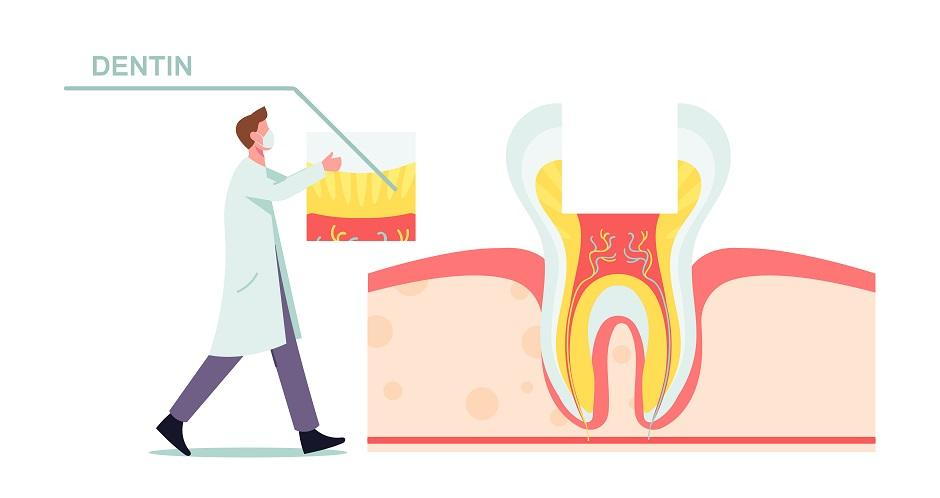
A root canal is one of the best dental treatments for cracked and infected teeth. People get instant and long-term relief. But, for many people, the treatment doesn’t result as expected. Or, we can say the root canal treatment fails.
When this happens, people think that there is no other option left for them. They will have to leave with cracked or infected teeth, leading to other dental and overall health issues. But, thankfully, endodontists are ready with root canal alternatives. So, if your root canal treatment fails, you shouldn’t worry and schedule your next appointment with the endodontist. We recommend visiting the same specialist because he knows your problem from the root.
In this post, we will discuss the alternatives that endodontists have for root canal treatment.
Apicoectomy- As one of the endodontic surgery types, the apicoectomy focuses on the “apex” of the tooth root. Here, the “apex” refers to the tip of the tooth.
When the root canal isn’t enough to fix a diseased tooth, the apicoectomy treatment is used with it. You can say that apicoectomy supports the root canal if the condition of the tooth is very poor. In this, the endodontists access the top of the root area through the gums to detect any hidden fractures or canals that are still causing tooth pain. On detecting the fractures or canals, they remove the root apex and seal it completely. And thus, the procedure gets complete.
Endodontic Retreatment- A second root canal treatment is known as endodontic retreatment. Like apicoectomy treatment, the endodontic treatment is prescribed by endodontists when the standard root canal wasn’t adequate in fully removing the infection.
This endodontic retreatment isn’t very common or done immediately after the failure of the main root canal. Endodontists prefer this alternative when pain persists in a tooth for months or years after root canal treatment. The pain signifies hidden fractures and canals that require further treatment.
Pulpotomy- Also known as a “ baby root canal”, a pulpotomy is the treatment choice for children who are suffering from severe decay. For children, a root canal or the other two procedures mentioned above might be painful.
In pulpotomy, the endodontists just remove the diseased pulp, unlike other treatments. They leave the healthy pulp in the hope that it will get sterilized and stay intact for further use within the natural tooth.
Internal Bleaching- When teeth die or get infected, they appear darker than healthy teeth. When this darkness appears in the outer area, it’s easy to get rid of it. But, when this discoloration is internal, the endodontists prefer internal bleaching.
Like apicoectomy, internal bleaching is a supportive treatment for the root canal. With the help of internal bleaching, the endodontists perform a root canal to remove the infected pulp. Later, they place a whitening material inside the tooth to dissolve the stained material.
Conclusion
Though these treatments are alternatives to root canal treatment, they require specialists. So, no matter which alternative you are prescribed, consult an experienced and reputable endodontist.
